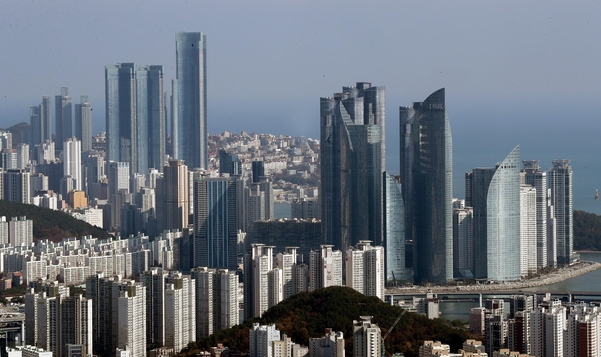Input 2021.02.08 11:30

56,000 households are supplied to the five metropolitan cities as new public housing sites. The government is planning to select target sites where a stable housing supply base can be established in areas near major city centers, centering on five metropolitan cities.
The amount of land security supplied to the five metropolitan cities as a maintenance project is 22,000 households, which is 11% of the total volume. Seoul supplied 93,000 of the 323,000 households as a maintenance project, which is less than 29%. In the real estate industry, the reason is that local metropolitan cities still have less regulation on maintenance projects compared to Seoul, and redevelopment and reconstruction are being actively carried out.
In addition, 32,000 households as a small-scale maintenance project, 31,000 households in the station area, 15,000 households in low-rise residential areas, and semi-industrial areas among the’city center public housing complex project’, a supply model that converted the city development method led by the private sector to public initiative. 3000 households were included. In addition, there are 14,000 new purchases, 11,000 urban regeneration, and 9000 non-residential remodeling.
Real estate experts believe that this supply, like the metropolitan area, can contribute to stabilizing house prices in the long term. However, he predicted that it would have a limited effect right away.
Professor Shim Gyo-eon of Konkuk University’s Department of Real Estate said, “Because all regions except Daegu and Busan are not as large as the metropolitan area, the demand for housing is not as large as the metropolitan area. It is very likely that there will be an adjustment,” he said. “In the short term, the price of land in the redevelopment area will fluctuate, and apartment prices will remain on the rise.”
Kim Hak-ryul, head of the Smart Tube Real Estate Research Institute, said, “It will take 5 years for prices to stabilize with this supply policy to local markets including Seoul,” he said. “Especially in the local market, investment demand is blocked and stable, so 220,000. “It’s not a small amount of furniture to absorb the actual living.” He also said, “If the transfer tax is not eased or the lease law is corrected, there is no way to stop the price increase this year.”
